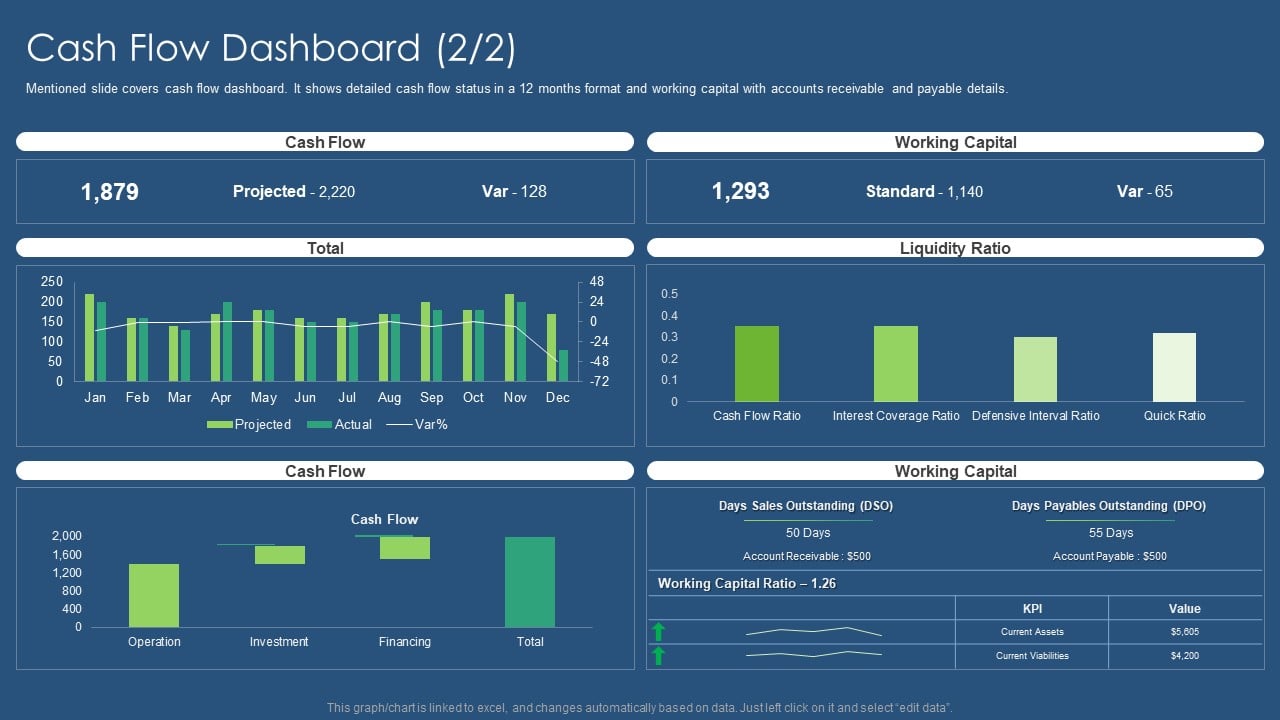

Finance
Covered Stock (Coverage) Definition
Published: November 4, 2023
Learn about the definition and significance of covered stock (coverage) in finance. Discover how this concept can impact your investments and financial plans.
(Many of the links in this article redirect to a specific reviewed product. Your purchase of these products through affiliate links helps to generate commission for LiveWell, at no extra cost. Learn more)
Understanding the Covered Stock (Coverage) Definition in Finance
When it comes to managing your finances, it’s crucial to have a good understanding of the various terms and concepts that are commonly used in the world of finance. One such term that you may have come across is “covered stock” or “coverage”. But what exactly does it mean? In this blog post, we will delve into the covered stock (coverage) definition to help shed some light on this important concept.
Key Takeaways:
- Covered stock, also known as coverage, refers to the extent to which a company’s outstanding shares are held by institutional investors or analysts.
- Financial institutions and analysts provide research and analysis on covered stocks to assist investors in making informed decisions regarding their investments.
So, what exactly is covered stock? In simple terms, covered stock refers to the extent to which a company’s outstanding shares are held by institutional investors or analysts. When a stock is considered to be covered, it means that it receives regular analysis, research, and attention from financial institutions and analysts.
The concept of covered stock is crucial for investors as it provides valuable insights and information. When a stock is covered, it means that there is readily available analysis and research on the company’s financial performance, potential risks, and future prospects. This, in turn, helps investors make informed decisions regarding their investments.
Financial institutions and analysts play a vital role in covering stocks. They conduct in-depth research, analyze financial statements, and evaluate the market conditions to provide a comprehensive understanding of a covered stock. This research is often made available to investors through reports, recommendations, and ratings.
Investors can leverage the analysis and research provided by institutions and analysts to gain insights into the qualitative and quantitative factors that can impact the value of a covered stock. Informed by this information, investors can make decisions based on their own risk tolerance, investment objectives, and time horizon.
It’s important to note that while covered stock is often associated with institutional investors and analysts, it doesn’t mean that stocks that are not covered are inherently less valuable or riskier. There are many stocks that are not covered but could still present attractive investment opportunities. The lack of coverage may simply indicate that the stock is not as popular or widely followed by the financial community.
In conclusion, understanding the covered stock (coverage) definition can be valuable for investors looking to make informed investment decisions. Covered stocks receive regular analysis and research from institutions and analysts, providing investors with valuable insights. However, it’s essential to remember that the absence of coverage does not necessarily indicate a lack of investment potential. Conduct thorough research and consider multiple factors before making any investment decisions.














